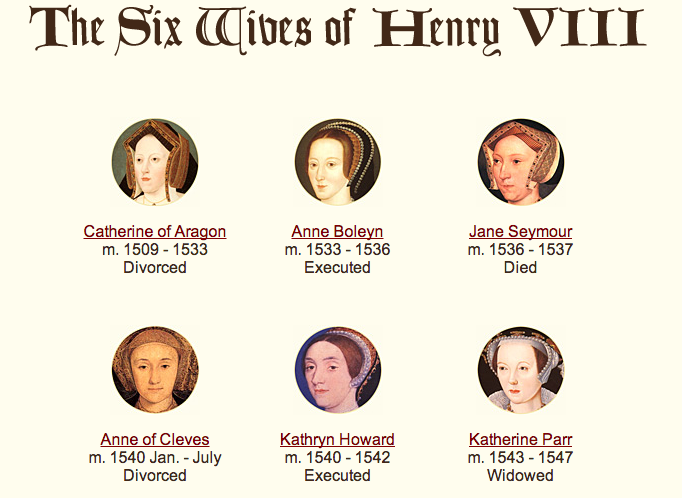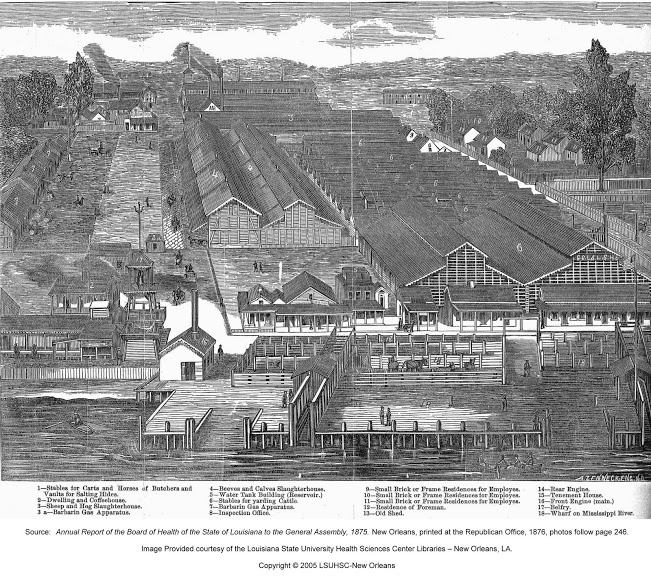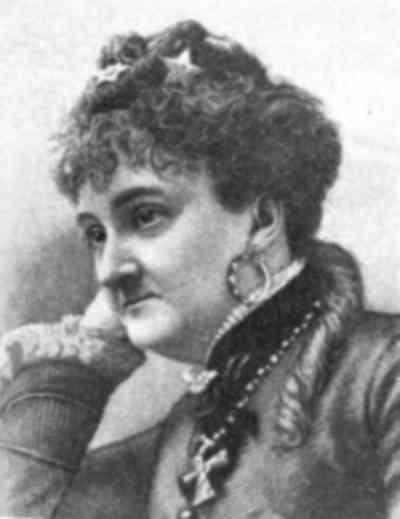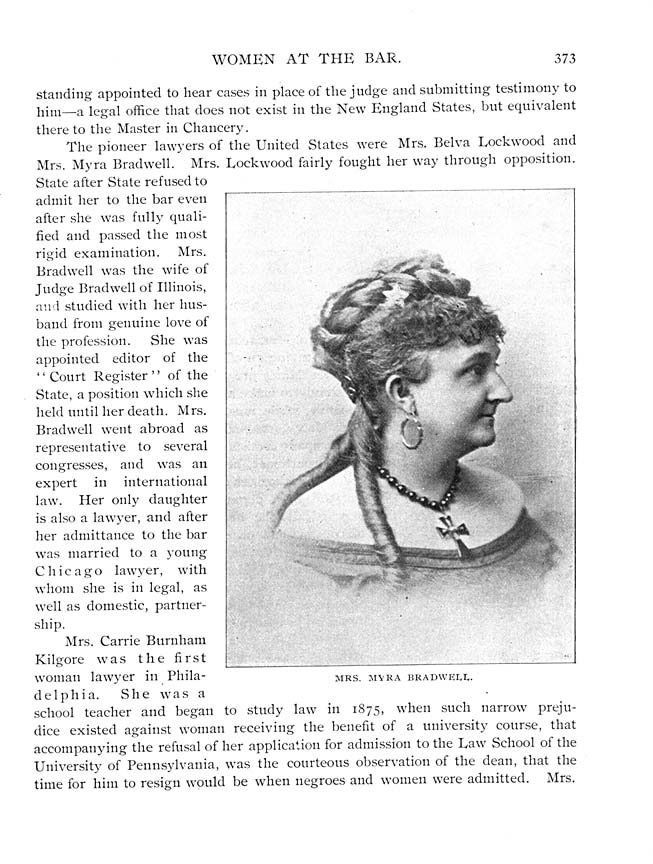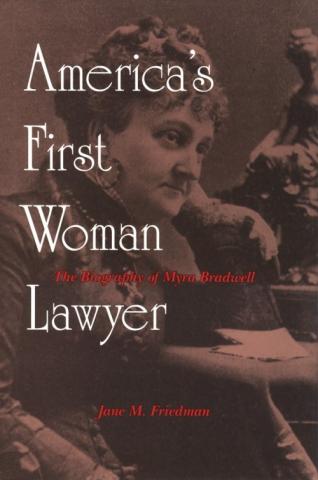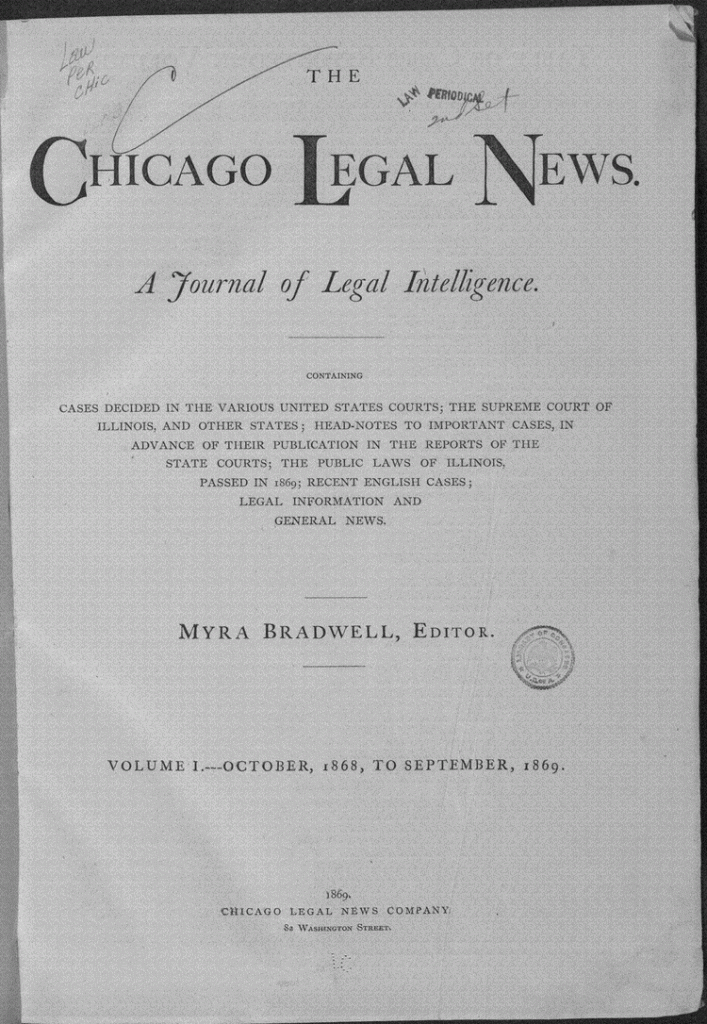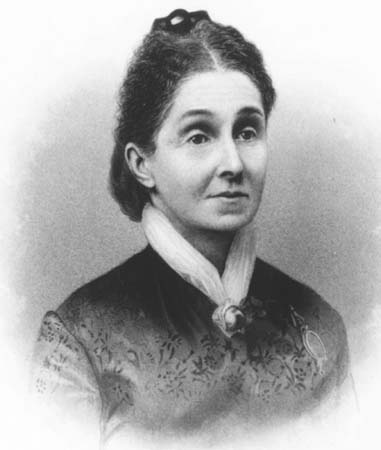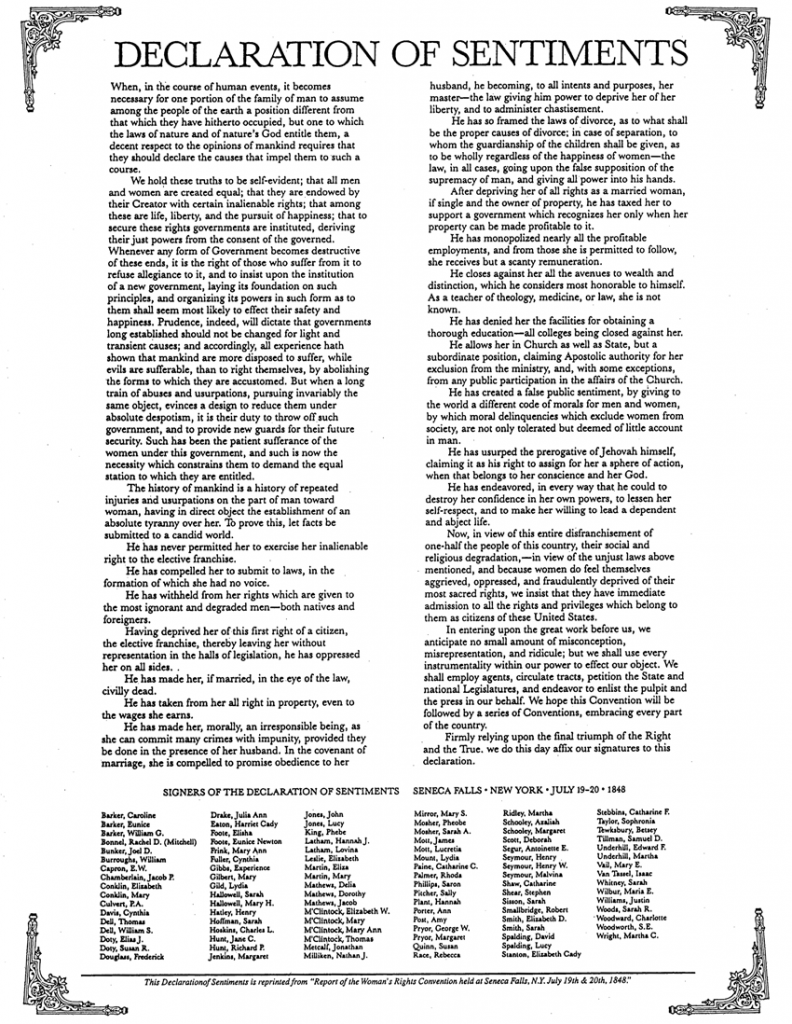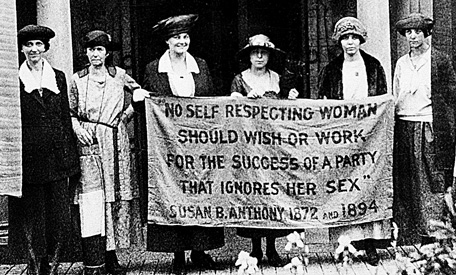Last weekend I presented a paper at the University of Tennessee Law Review’s Symposium on the Second Amendment, discussing the link between the 1st Amendment, 2nd Amendment, and 3D Printing. Glenn Reynolds gave the keynote address for the symposium, discussing how now, after nearly two decades, the Second Amendment is “ordinary constitutional law.” Glenn summarizes his article in USA Today:
At present, we’ve reached the point where the Second Amendment can be characterized as ordinary constitutional law. That is, it now protects a right that attaches to individuals, and that those individuals can enforce in federal court.
Of course “ordinary constitutional law” doesn’t mean that everything is settled — in fact, an area in which all the legal questions were settled once and for all would be more like extraordinary constitutional law. But it does mean that questions relating to gun ownership, gun carrying, and the like are now dealt with in the same way that federal courts deal with other questions of constitutional rights.
This is an important point. An early objection to the Second Amendment following Heller, was that it would be too hard for courts to manage and balance this dangerous right. Of course, it would be no more or less difficult to balance than some other fairly controversial rights that have had a lengthy pedigree in the U.S. Reports. Now, a few years after Heller, the courts are making their way towards figuring out the contours of the Second Amendment (though, so far, the Supreme Court has abdicated this topic since McDonald was decided). No matter how much Justice Stevens wants to resist, the Second Amendment is ordinary law constitutional law.
We have come a long, long way in 20 years. When I took constitutional law in the fall of 2007, I don’t think there was more than a paragraph in my textbook about the Second Amendment. Fortunately, as a student at George Mason, I was in ground zero for the Second Amendment. During my 1L year, Parker v. District of Columbia (what would become Heller) was decided. During the summer after my 1L year, I attended the Institute for Justice workshop, where I met Clark Neily. At the time, Clark, along with Alan Gura and Bob Levy (an alum of GMU) were responding to the District of Columbia’s cert petition. I volunteered as a research assistant for Gura, Neily, and Levy, cite-checking the final merits brief during an intensive session at the Institute for Justice’s Arlington headquarters.
During my 2L year, I was fortunate enough to take The Founders Constitution with Nelson Lund, one of the pre-eminent scholars on the Second Amendment. I don’t think there is any other class in the country that compared the prefatory and operative clauses in the Northwest Ordinance of 1787 and the Second Amendment. I served as a research assistant for Lund’s amicus brief in Heller on behalf of the Second Amendment. I think my only meaningful contribution was the addition of the word “Leviathan” (a favorite of mine) in this sentence: “Note also that–while it may not be immediately obvious to readers conditioned by experience with the modern regulatory Leviathan–the term “well regulated” need not mean heavily regulated or more regulated.”
I remember the day Heller was decided quite well. The firm where I summered sent us on a junket, err business trip, to Las Vegas and Los Angeles for a week (see my recital of the good ‘ol days here). On the final day of the Court’s term, I was up early on Pacific time, waiting for the opinion to drop. Once I saw it was affirmed, I couldn’t believe it. I read the entire opinion, cover to cover (we didn’t have much work in any event). It was a remarkable triumph of the history and scholarship began decades earlier. And, I knew minutes later, Alan had already filed suit in Chicago, in what would become McDonald v. City of Chicago.
After Heller was decided, I took a class on Common Law and American Rights with one of the foremost Second Amendment historians, Joyce Malcolm, and wrote my first substantive paper on the history used in the District of Columbia v. Heller. And, way ahead of my own time, I criticized Justice Stevens for incorrectly applying originalism, and faulting Judges Wilkinson and Posner for their positions on the Second Amendment. You can read the paper here, titled “Originalism for Dummies, Pragmatic Unoriginalism, and Passive Liberty: An Originalist Critique of the Heller Dissents and Judges Posner’s and Wilkinson’s Unoriginalist Assault on the Liberty to Keep and Bear Arms.” I’m sorry I never sent this article for publication.
In the years since Heller, and McDonald, the amount of scholarship of the Second Amendment has exploded. So much so, that I can’t even keep up with all the new scholarship and court opinions. It is now, indeed, “ordinary constitutional law.” With all the good and bad that comes with it.

